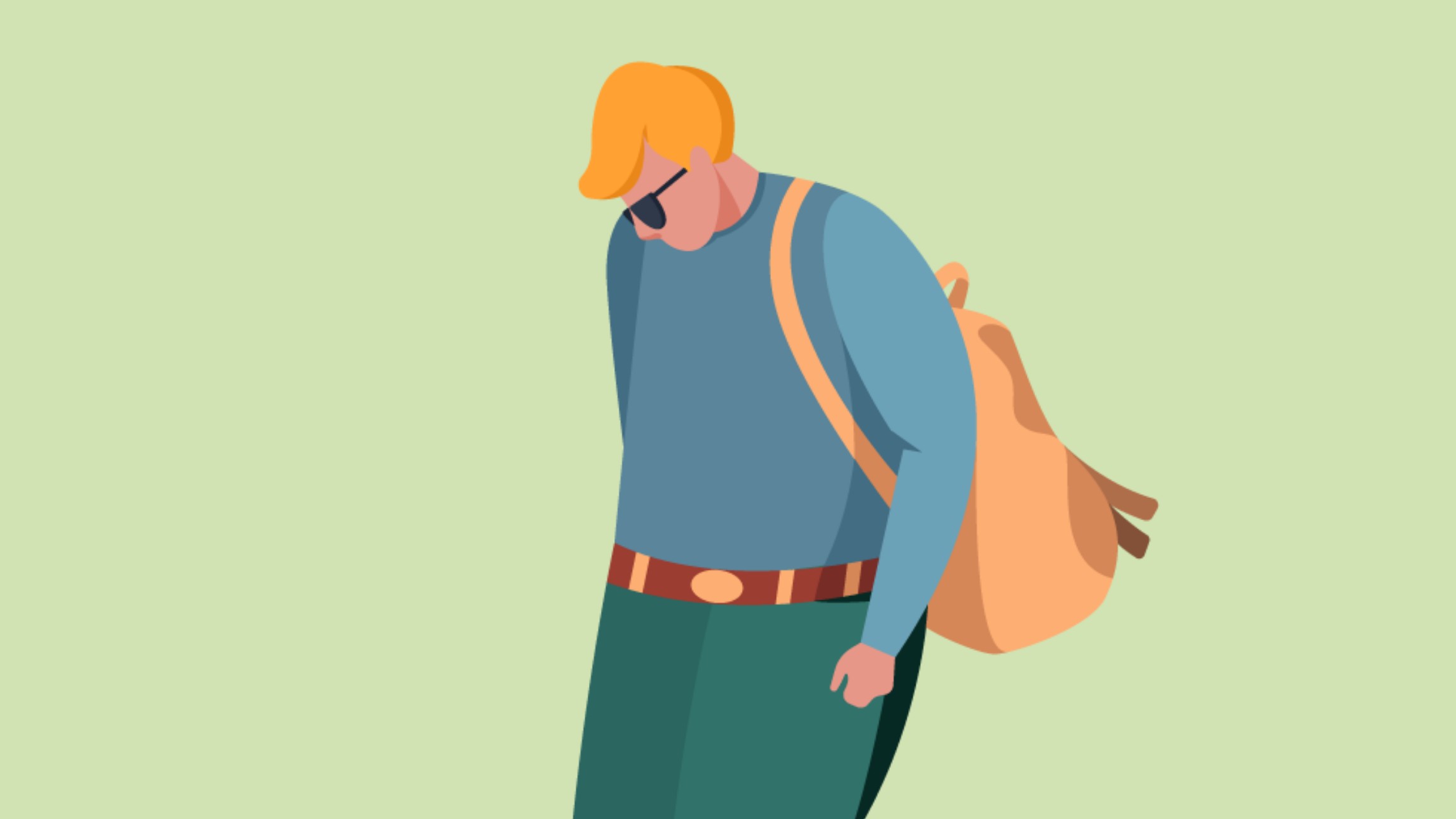When you feel ashamed, you may blush or start worrying. You don’t feel quite yourself. Why is this and what exactly is shame?
Guilt versus shame
“We often confuse guilt with shame,” explains Emma White, a psychologist at OpenUp. “You feel guilty when you’ve done something you think is bad. It’s a useful emotion because it causes you to take a look at your behavior and change it, or apologize for it. With guilt, the focus is on your behavior (I did something bad).”
“Shame is feeling that you as a person aren’t good enough, and it usually stems from a fear of being rejected. With shame, the focus is on yourself (I am bad).”
“Shame arises when we believe that there is something fundamentally flawed and broken about us.”
Shame keeps us small
Thinking you ‘aren’t good enough’ often causes stress, anxiety, depression, and a lack of self-confidence. Shame is also linked to addiction and even aggression. It’s seen as one of the most destructive human emotions and, more than any other emotion, it’s the one that keeps us small. You need to watch out for it.
Why do we feel shame? “It often arises when we believe that there is something fundamentally flawed and broken about us, and that this means we aren’t worthy of love and belonging,” says Emma.
We blame ourselves for something and then internalize it by thinking: ‘I am bad, I don’t belong here, I can’t do it’. Emma: “Imagine you had to give a presentation at work and it didn’t go well.
You might find yourself thinking: ‘I can’t give presentations and I’ve shown myself up in front of my colleagues’. The feeling underlying this is: ‘I’m not a valuable colleague, I’m worthless’, which results in shame.”
“Shame helps us to avoid damaging our social relationships.”
But shame also has its uses
As unpleasant as shame can be, it does have its uses. The evolutionary function of shame is that it helps us to stay part a group by following the rules.
Researcher Daniel Sznycer has this to say: “The function of pain is that it teaches us to avoid physical injury. The function of shame is that it teaches us to avoid damaging our social relationships, or it motivates us to repair them.” We all experience shame and it’s supposed to help us.
However, despite this evolutionary function of shame, the shame we experience these days is potentially dangerous, since it’s closely linked to destructive behaviors and beliefs.
“Many of us aren’t raised in environments that encourage us to openly discuss our feelings. In our current, sometimes harsh society, shame often isn’t given space to exist. This means it ends up doing more harm than good,” adds Emma.
👉 Read also: Why Negative Thoughts and Feelings Are Important Too
Shame varies from person to person
We can probably all think of a situation (or several) where we’ve felt ignored or rejected. Whether we develop feelings of shame as a result of this depends on the significance we attach to this experience.
This is often deeply rooted in the patterns and beliefs we’ve developed throughout our lives. Emma: “We don’t experience shame because we’ve done something wrong, but because we believe that we are wrong or bad”.
“Shame can’t survive if its vocalized and discussed.”
What’s the best way to deal with shame?
Nobody makes it through life without experiencing shame, so it’s important to learn how to handle the feelings associated with it. There’s something known as the ‘Shame Resilience Theory’, explains Emma. This theory states that feelings of shame are associated with feelings of entrapment, powerlessness, and isolation.
When we’re struggling with shame, it’s often the case that we keep ourselves to ourselves and shut out the rest of the world. For example, by withdrawing from social activities or by turning to something like alcohol. But this is counterproductive.
Emma: “If there’s anything that allows feelings of shame to grow exponentially, it’s secrecy, silence, and condemnation. This means that the best antidote to shame is empathy; this is something these feelings just can’t survive.”
Tips for dealing with shame
“Shame can’t survive if you vocalize it and discuss it,” explains Emma. “So, as scary as it sounds, you need to get it out in the open. You’ll discover that it’s a relief and that people are more understanding than you might have imagined.” But how does that work in practice?
1. Acknowledge shame
“‘Name it to tame it’, we psychologists often say. The most important thing is acknowledging that you’re experiencing shame in the first place. Don’t ignore it and instead welcome it as an emotion.”
2. Figure out the causes
“Take a look at the internal and external factors that are making you feel ashamed. Shame can be related to any aspect of your life. That’s why it’s important to be clear about what is causing you to feel shame – it could be your sexuality, family, health, religion or trauma.
3. Get your feelings down on paper
“Write down everything that comes up; everything you’re feeling and experiencing. By doing this, you’ll get more of an understanding of what’s going on and more insight into your feelings.”
4. Talk about your feelings
“Talk about your feelings with someone you trust – someone close to you who gets you. When you do this, shame has nowhere to hide and you create more self-compassion and a better connection with yourself.”
Does this topic make you feel nervous? That’s only natural. But understand that shame affects us all. If you don’t feel like there’s anybody around you can talk to about it, write down your observations about shame and schedule a consultation with one of our psychologists.
👉 Read more: 6 Ways to Step out of Your Comfort Zone and into Your Growth Zone





